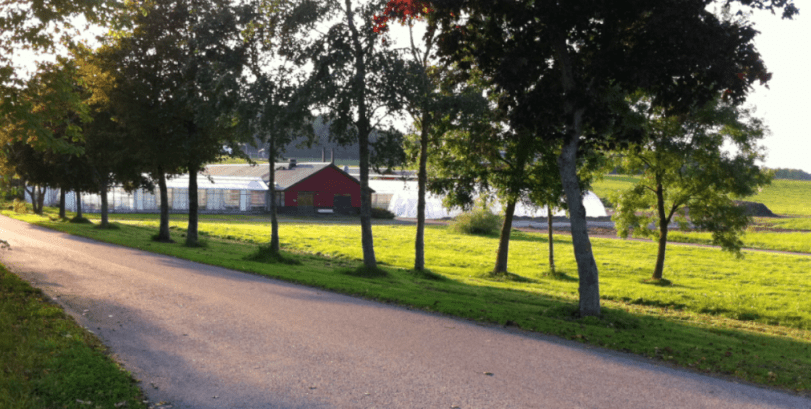Sweden
Environmental monitoring for sustainable crop production and livestock welfare
Monitoring the environment in and around agricultural lands is critical for understanding the status of the arable land, especially if a comprehensive approach is taken, i.e. measuring wide range of parameters. Combining the above mentioned approach with longitudinal and systematic measurements has the potential of improving our understanding of the situation in a specific location ever further. For control of weeds and pests, especially in organic plant production, this approach is even more important, since various types of weeds and pests need to be discovered and treated without further delay. Thus, efficient and high quality monitoring, as well as fast response are important factors for reducing the undesired effects, and also workload of the farmers.

Another major challenge that affects the agricultural sector independent of specialization and company size is wild species, with both can destroy the crops and create risky situations for the livestock. This includes wild boars that carry viruses and eat crops, ravens that attack the piglets, and create stress. Regular animal inspection for increased animal welfare can be obtained by UAVs inspecting the pastures more often and more accurate than possible by humans. When animal keepers come to a pasture and notice that something has happened to the animals, it is not always easy to know the cause of the problem. Thus, sometimes the wrong assumptions are made, leading to the wrong preventive actions. A more regular inspection can facilitate the inspection and also be performed at times when the wild animals are the most active, during dusk and dawn, which in Swedish summer time is in the middle of the night.

The Drone Center Sweden UAV test-bed, Västervik, Sweden
In Sweden, especially for organic plant production, the common procedure is to inspect the agricultural fields in order to create a status report at the start of the working day. This procedure is repeated every day, and the status report is thus the basis of the activities of that day. Thus, automation of the inspection and extended data collection, will most likely have a large impact on the overall productivity of a farm’s operation. Also, since these activities are repeated every day, automation is highly desired also for moderate size fields. In this application domain, UAVs have the potential of playing an important role, as a mean for improved productivity and quality. Automation through a scalable design approach, i.e. from one single, or a few, to a large heterogeneous group of collaborating UAVs, supported by UGVs and legacy vehicles has the potential of providing a comprehensive as well as a generic solution. Although UAVs have major advantages, e.g. compact size, high speed and good accessibility, their limited battery times and payloads are limiting factors. Thus, although the spectrum of sensors designs and modalities provide almost unlimited possibilities, a feasible solution for the challenges about is not trivial.
